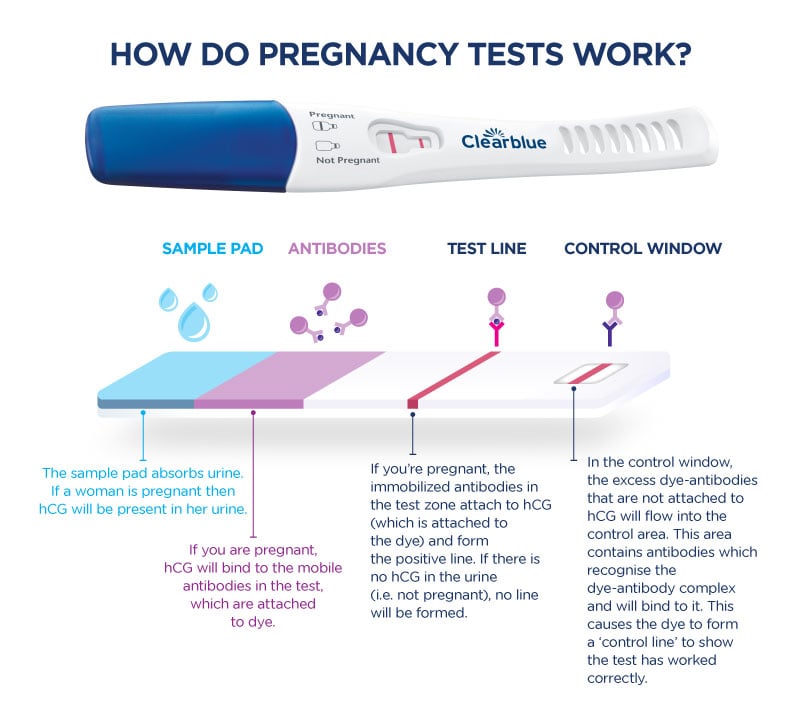
Taking a Pregnancy Test: A Comprehensive Guide
Introduction
Pregnancy tests are an essential tool for women seeking to determine whether they are pregnant. They provide a convenient and accurate way to detect the presence of human chorionic gonadotropin (hCG), a hormone produced by the placenta during pregnancy. This article aims to provide a comprehensive guide to taking a pregnancy test, including the types of tests available, the best time to take a test, and how to interpret the results.
Types of Pregnancy Tests
There are two main types of pregnancy tests:
- Urine tests: These tests are the most common and can be purchased over-the-counter at pharmacies and drugstores. They involve collecting a urine sample in a cup and dipping a test strip into the urine. The test strip will react with hCG if it is present in the urine, producing a colored line or symbol.
- Blood tests: Blood tests are more accurate than urine tests and can detect hCG levels as early as 10 days after ovulation. They are typically performed by a healthcare provider and involve drawing a blood sample from the arm.
When to Take a Pregnancy Test
The best time to take a pregnancy test is after a missed period. Most pregnancy tests are designed to detect hCG levels that are present in the urine or blood after implantation of the fertilized egg in the uterus, which typically occurs 6-12 days after ovulation. However, some tests can detect hCG levels as early as 10 days after ovulation.
How to Take a Urine Pregnancy Test
- Gather the necessary materials: You will need a pregnancy test kit, a clean urine cup, and a timer.
- Read the instructions carefully: Each pregnancy test kit may have slightly different instructions, so it is important to read and follow the instructions provided.
- Collect a urine sample: Urinate into the clean urine cup.
- Dip the test strip: Remove the test strip from the kit and dip it into the urine sample for the specified amount of time (usually 5-10 seconds).
- Wait for the results: Place the test strip on a flat surface and wait for the results to appear. The results will typically be visible within a few minutes.
How to Interpret the Results
- Positive result: If the test strip shows two lines or symbols, one control line and one test line, it indicates a positive result. This means that hCG has been detected in the urine, and you are likely pregnant.
- Negative result: If the test strip shows only one line, the control line, it indicates a negative result. This means that hCG has not been detected in the urine, and you are likely not pregnant.
- Invalid result: If the test strip does not show any lines or symbols, or if the lines are faint or unclear, the result is invalid. You should repeat the test with a new test kit.
Accuracy of Pregnancy Tests
Pregnancy tests are highly accurate when used correctly. However, there are some factors that can affect the accuracy of the test, including:
- Timing: Taking the test too early after ovulation can lead to a false negative result.
- Dilution: Diluting the urine sample with too much water can make it difficult to detect hCG.
- Expiration date: Using an expired test kit can lead to inaccurate results.
- Medical conditions: Certain medical conditions, such as kidney disease or certain medications, can interfere with the test results.
What to Do if the Test is Positive
If the pregnancy test is positive, it is important to confirm the results with a healthcare provider. They can perform a blood test to confirm the pregnancy and provide guidance on prenatal care and other necessary steps.
What to Do if the Test is Negative
If the pregnancy test is negative but you are still experiencing symptoms of pregnancy, such as missed periods, nausea, or breast tenderness, it is important to consult a healthcare provider. They can perform additional tests to rule out other potential causes of your symptoms.
Conclusion
Pregnancy tests are a valuable tool for women seeking to determine whether they are pregnant. By understanding the different types of tests available, the best time to take a test, and how to interpret the results, women can make informed decisions about their reproductive health. If the test is positive, it is important to confirm the results with a healthcare provider and seek appropriate prenatal care. If the test is negative but symptoms of pregnancy persist, it is important to consult a healthcare provider to rule out other potential causes.